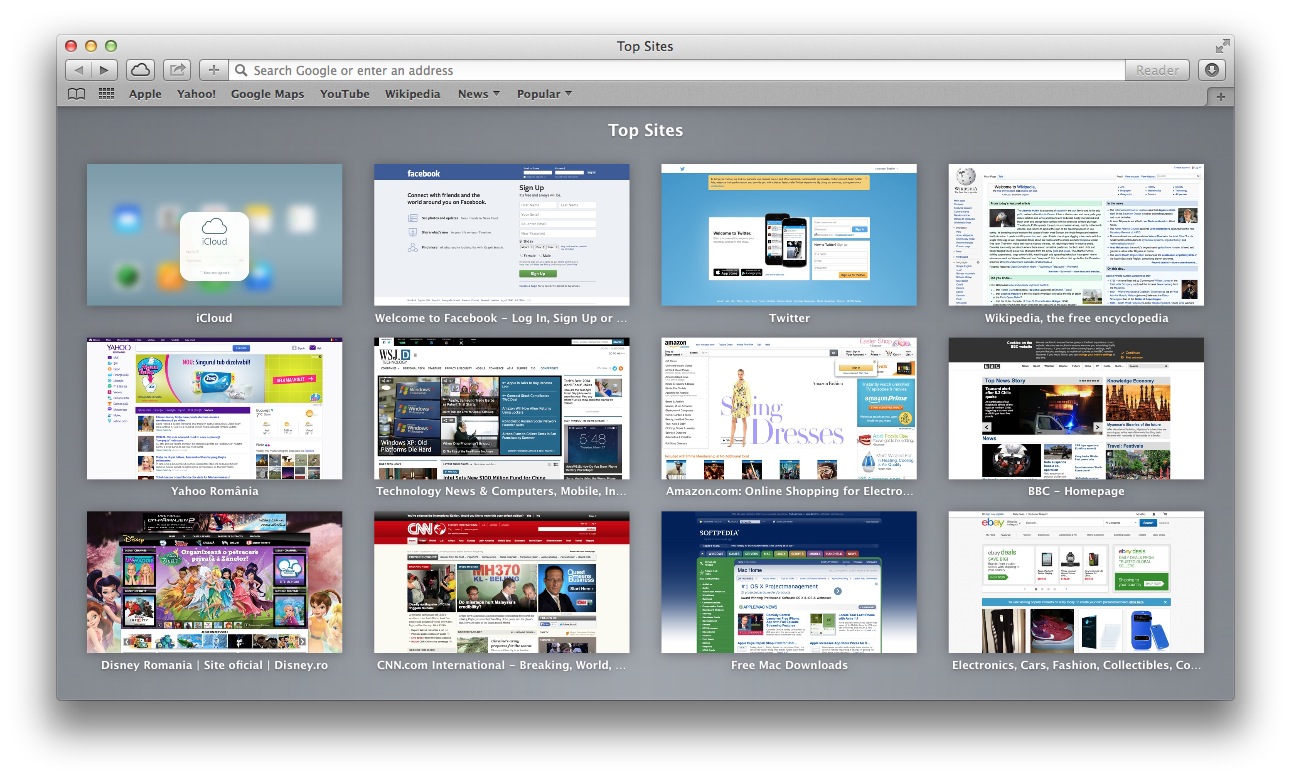Wrote the 2 replies above yesterday, today I had time to run the Mavericks update, and it is Safari 7.1 that appears after the Mavericks update is loaded. MDN needs to make a correction. How to Update Safari on a Mac? Open 'System Preferences' and click on the 'Software Update' icon. If you have an update available it will list the version of macOS that you will be updating too, and what is going to change. To start the update there will be an 'Update' button. Modifying this control will update this page automatically. Search the user guide Clear Search Table of Contents. Safari User Guide. Change your homepage. You can change options in Safari preferences so that Safari always accepts or always blocks cookies and website data. Open Safari for me. In the Safari app on your.
Try troubleshooting Safari extensions and third party plugins.
Safari Mavericks Update Mac
From the Safari menu bar click Safari > Preferences then select the Extensions tab. Turn that OFF, quit and relaunch Safari to test. If that helped, turn one extension on then quit and relaunch Safari to test until you find the incompatible extension then click uninstall.
If it's not an extensions issue, try troubleshooting third party plug-ins.
Back to Safari > Preferences. This time select the Security tab. Deselect: Allow all other plug-ins. Quit and relaunch Safari to test.
If that made a difference, instructions for troubleshooting plugins here.
And delete the Safari cache.db
Open the Finder. From the Finder menu bar click Go > Go to Folder
Type or copy paste the following:
~/Library/Caches/com.apple.Safari/Cache.db
Click Go then move the Cache.db file to the Trash.
Quit and relaunch Safari to test.
Nov 8, 2013 7:23 PM
macOS Big Sur elevates the most advanced desktop operating system in the world to a new level of power and beauty. Experience Mac to the fullest with a refined new design. Enjoy the biggest Safari update ever. Discover new features for Maps and Messages. And get even more transparency around your privacy.
Check compatibility
macOS Big Sur is compatible with these computers:
Safari Mavericks Updates
MacBook introduced in 2015 or later
MacBook Air introduced in 2013 or later
MacBook Pro introduced in late 2013 or later
Mac mini introduced in 2014 or later
iMac introduced in 2014 or later
iMac Pro
Mac Pro introduced in 2013 or later
View the complete list of compatible computers.
Safari Mavericks Update Windows 10
If upgrading from macOS Sierra or later, macOS Big Sur requires 35.5GB of available storage to upgrade. If upgrading from an earlier release, macOS Big Sur requires up to 44.5GB of available storage. To upgrade from OS X Mountain Lion, first upgrade to OS X El Capitan, then upgrade to macOS Big Sur.

Make a backup

Make a backup
Before installing any upgrade, it's a good idea to back up your Mac. Time Machine makes it simple, and other backup methods are also available. Learn how to back up your Mac.
Get connected
It takes time to download and install macOS, so make sure that you have a reliable Internet connection. If you're using a Mac notebook computer, plug it into AC power.
Download macOS Big Sur
If you're using macOS Mojave or later, get macOS Big Sur via Software Update: Choose Apple menu > System Preferences, then click Software Update.
Or use this link to open the macOS Big Sur page on the App Store: Get macOS Big Sur. Then click the Get button or iCloud download icon.
Begin installation
After downloading, the installer opens automatically.
Click Continue and follow the onscreen instructions. You might find it easiest to begin installation in the evening so that it can complete overnight, if needed.
If the installer asks for permission to install a helper tool, enter the administrator name and password that you use to log in to your Mac, then click Add Helper.
Allow installation to complete
Please allow installation to complete without putting your Mac to sleep or closing its lid. Your Mac might restart, show a progress bar, or show a blank screen several times as it installs both macOS and related updates to your Mac firmware.
Stay up to date
After installing macOS Big Sur, you will be notified when updates to macOS Big Sur are available. You can also use Software Update to check for updates: Choose Apple menu > System Preferences, then click Software Update.
Or get macOS Big Sur automatically
If you're using OS X El Capitan v10.11.5 or later and your App Store preferences or Software Update preferences are set to download new updates when available, macOS Big Sur will download conveniently in the background, making it even easier to upgrade. A notification will inform you when macOS Big Sur is ready to be installed. Click Install to get started, or dismiss the notification to install later. When you're ready to install, just open the file named Install macOS Big Sur from your Applications folder.
Learn more
- If the installer shows a list of apps that are not optimized for your Mac, learn about 32-bit app compatibility, then choose whether to proceed with the installation.
- For the strongest security and latest features, upgrade to macOS Big Sur. If you have hardware or software that isn't compatible with Big Sur, you might be able to install an earlier macOS.
- You can also use macOS Recovery to reinstall the macOS you're using now, upgrade to the latest compatible macOS, or install the macOS that came with your Mac.
